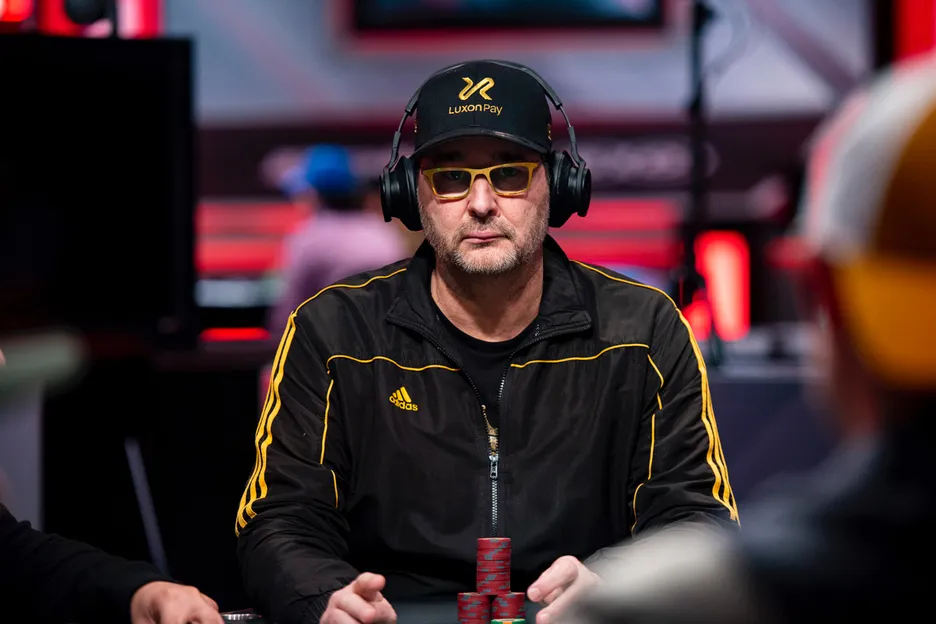
Problem Gambling Is More Prevalent in Youth Gamblers Than in the Wider Adult Population
Problem gambling has many spokespeople in the international community. Most promote help hotlines and online resources to help the addict and their family. Some advocate for the limitation of gambling or the complete ban of such activities.
A great deal of literature exists to help inform and counsel gamblers about the troubles they might face if they cannot control their compulsions. Self-exclusion lists exist, which help gamblers ban themselves from play. One type of problem gambling is seldom highlighted, though.
Teenage gambling is an issue which is talked about occasionally, but seldom with clarity and facts. A Postmedia News article by Dave Waddell appeared in the National Post in Toronto and the Windsor Star in Windor, Ontario which discussed Canadian youth problem gambling and cited the statistics offered.
According to that article, studies performed in Canada suggest that 3% to 4% of teenagers and poeple in their early 20s have serious gambling problems. That number compares to about 0.8% to 2% in the adult population (out of their early 20s).
28-Year Old Gambling Addict
Waddell’s article detailed the habits of a 28-year old problem gambler named Brian (not his real name). The piece was meant to highlight the underreported issue of teenage addictive gambling. Brian’s first memories involved gambling, and he was a compulsive gambler throughout his childhood.
The addictive gambler told the Windsor Star, “It started as far back as I can remember at three or four years old. My father took me to the Fort Erie Race Track and I’d pick a horse out of the program and he’d put a couple bucks on it. I got hooked on the excitement. By the time I was in Grade 9, I was riding my bike to the track virtually every day to bet. I was a compulsive gambler by the time I was 18.”
Lost Hundreds of Thousands of Dollars
Brian says he’s probably lost in the hundreds of thousands of dollars in his life of gambling, but he’s trying to kick the habit. He is currently seeking help at the 3-week residential treatment program provided by Problem Gambling Services at Hotel-Dieu Grace Healthcare. The story focuses on one man’s life, but is quick to point out that several studies have shown that teen gambling is a wide-ranging and common problem.
Brian said that high school males are prone to gamble, because it makes them seem grown-up. He said, “Guys do it a lot, especially in Grade 11 and 12. Games of cards, betting on sports or playing dice were going on in high school. No one said anything to us.”
US Youth Gambling Study
The trend is the same in the Untied States. A few years back, the first serious study of American youth gambling took place. Studies show that 2.1% of youths age 14 to 21 show signs of problem gambling, which is defined as three or more negative consequences (compulsive gaming, stealing money to gamble, etc). That represents up to 750,000 teens in the United States alone.
Of those youths, 11% say they gambled two or more times per week, which is labeled by sociologists as “frequent gambling”. A full 68% of the youth who were interviewed said they had gambled at least once in the past year.
As High as 8% of Youth Gamblers Have Problems
Fifteen-year old research indicates that 8% of the underage children who gambled could be classified as problem gamblers. The study also showed most did not get help for their addiction, until much later in life.
Studies conducted in 2015 are likely to reveal different findings than ones done in 2000, but the numbers are not likely to change for the better. Online gambling has proliferation in the last decade-and-a-half, while mobile gambling has been invented. Because mobile gaming appeals to the younger generation most, it is likely more children are gambling online now than ever before. Also, many are concerned that playing games on social networks like Facebook could not only leads to (later) real money gambling habits, but also to unreal expectations and desensitization.
College Students and Problem Gambling
The trend does not end when people graduate high school. In fact, it gets worse. College and university students tend to have the most troubles, studies show. The sense of adulthood and greater freedom combine with less developed decision-making skills for a toxic mix, in many cases. Students have been known to blow tuition money or student loan money on gambling, such as an addicted gambler the Windsor Star identitified as “Steve”.
Steve’s story has a better ending than most, but he lost his tuition money gambling. He said, “I was able to get a line of credit. I didn’t learn my lesson because I went right back to the casino. It could’ve been a disaster, but I had a one-in-million occurrence and was able to win my tuition back and pay off my line of credit.”
The problem with gaming addicts is they never know when to stop–they never learn their lesson. Gamblers almost always play at a disadvantage. If they keep playing, they lose their money. The tragedy of the problem gambler is they always end up the loser in the end. That is the only certainty.
Younger Brains Are Not Yet Developed
People might say that youths are not the only ones who deal with problem gambling, but the research shows younger people have a higher incidence of problems. Medical research explains why youths are more vulnerable to impulse control issues like problem gambling.
The October 2011 edition of National Geographic looked at new imaging research involving the teenage brains. Contrary to what they expected to find, scientists learned through studying youth brain physiology that the human brain is not fully developed until the age of 25.
The human brain doesn’t continue to grow much beyond the age of 6, when it reaches 90% of its adult size. Most growth of the head beyond that point is the lining of the skull thickening. By puberty, the brain is fully sized. That does not mean it is fully developed.
Development from Age 12 to 25
From the rough age of 12 to 25, the human brain begins to work faster and more efficiently. The white brain matter begins to develop, when it was not there before. This begins near the cortex in the back of the brain, where more basic (physical) functions occur. Over time, this spreads to the front of the brain, where most thought processes occur.
Thus, the human brain does not work in a fully “adult” fashion until people are about 25. Wise old men who say “Youth is wasted on the young” are right. Parents prone to ask “Why do teenagers do that?” finally have an answer.
Words of Insight about Youthful Ardor
This is nothing new. Teens have mystified their elders from the beginning of time. Parents from the beginning have human history have wondered what was wrong with the younger generation.
Aristotle wrote back in the 4th Century BCE: “The young are heated by Nature as drunken men by wine.”
William Shakespeare wrote in the 16th century, “There were no age between ten and three-and-twenty, or that youth would sleep out the rest; for there is nothing in the between but getting wenches with child, wronging the ancientry, stealing, fighting.”
The idea of “wronging the ancientry” (the old folks) makes one laugh and realize generational issues have not changed that much in 5 centuries. When I was a younger man and going through a breakup with a girlfriend, I asked my mother why the two of us grew apart. Mother said, “Women change a lot in their early 20s.”
Mom was wise, but it turns out that men change a lot in their twenties, too. People mature and their outlook on life changes.
Human Growth and Maturity
A few years ago, a friend of mine who was struggling with his teenager was told by his father, “They’ll listen to everything you say until they’re 15. Then they won’t listen to anything you say until they’re 25. After that, you can become friends.”
It’s amazing how close the granddad in that scenario defined the ages so well. Essentially, when a person reaches the age of 25, they are more likely to think like an adult does, to take on responsibilities and begin to make sense of the world. It’s not just a matter of experience, but having the brain developed enough to make sense of those experiences. It’s like entering the peerage, becoming a peer with the older generations. Peers become friends.
If otherwise normal people under 25 show immaturity in dealing with their beloved family members, then one can imagine how the youth deal with issues like gambling too much. The upshot is, people under the age of 25 have not fully developed their thinking capacity. They have issues which stem from inefficient brain activity, lack of perspective, and a greater need for stimulation. Those combine to create whole new generations of problem gamblers.
